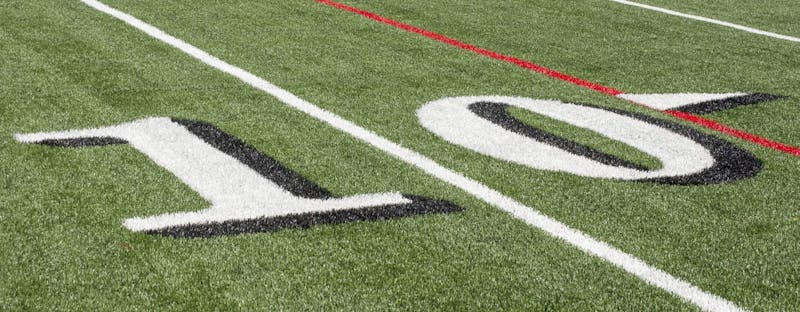Schedule a Consultation
Contact Us


Since its advent in the 1960s, artificial turf has become commonplace in both amateur and professional football arenas throughout the country. It is widely appreciated for its clean and uniform look and easy maintenance. As preferable as it may be for stadium owners and groundskeepers, it also can pose a unique risk to football players. Studies continue to link artificial turf to football injuries that may otherwise be prevented on natural grass surfaces.
The Link between Artificial Turf and Football Injuries
Artificial turf is made out of nylon and other synthetic materials that are soft, durable, and easy to maintain. It can be crafted to look exactly like natural grass and can easily be painted on, making it highly preferred by stadium owners, football teams, and groundskeepers who want a visually appealing playing surface that is easy to care for and long-lasting.
However, because of its construction and design, artificial turf also tends to be slippery and does not offer the friction that can be found with natural grass football fields. Further, artificial turf lacks shock absorption that can prevent players from being injured during tackles and falls.
The detriments in the design and use of artificial turf in football stadiums are directly linked to common football injuries suffered by players today. These injuries include ankle sprains, foot fractures, and ACL tears.
Artificial Turf Injury Prevention
Scientists continue to study how injuries caused by artificial turf can be prevented, however. One of the simpler remedies being suggested today involves increasing the infill weight on the field. A recent study indicated that increasing this infill weight to 6 pounds per square foot could provide the friction and shock absorption that players need to play safely.
Football Injury Treatment
Until the infill weight is increased to the recommended amount in every stadium, however, players need to learn how to minimize their risks out on the field. They are encouraged to wear high-quality cleats and to follow the guidelines of their athletic trainers when it comes to tackling, running, and falling on the turf.
Even so, if they suffer an injury like an ACL tear, they can expect to undergo treatment like splinting or bracing, rest, physical therapy, and surgery if required. Athletic trainers and doctors increasingly are adapting their treatment options to address football injuries caused by artificial turf.